Tsujiya Honten
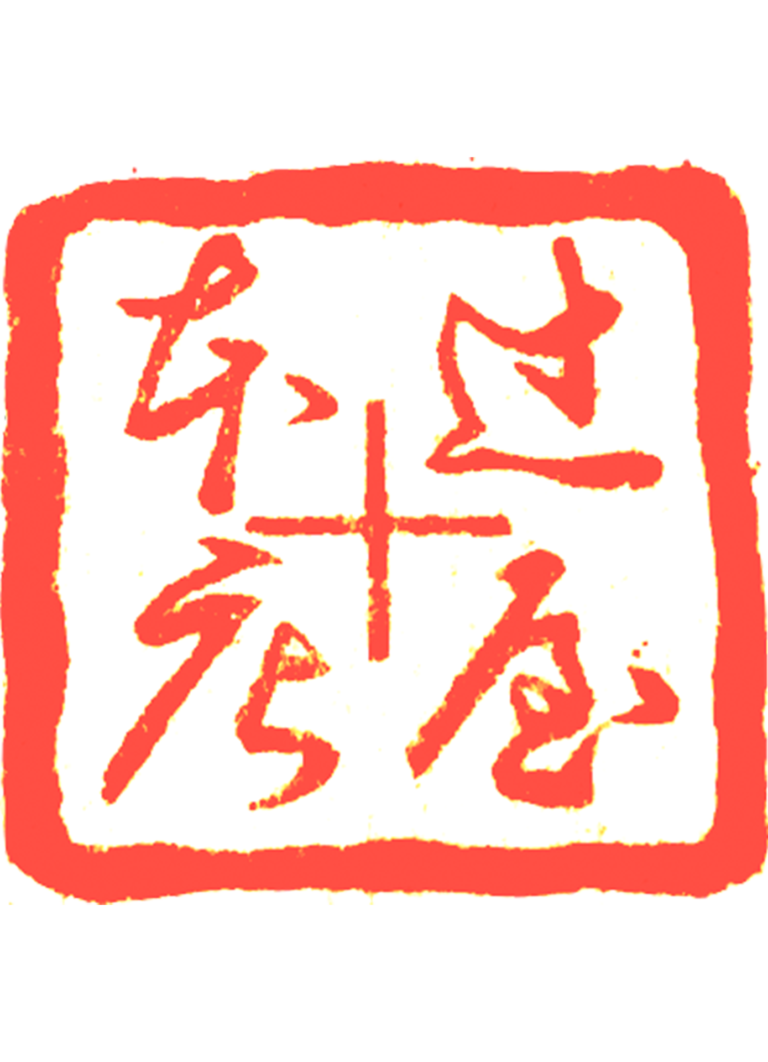

Traditional Japanese Footwear
“Not only for Kimono”
Geta sandals used to be common footwear for Japanese people until around 70 or 80 years ago. When Geta sandals were worn daily, many different types of wood were used, such as cedar and pine. Paulownia wood has been considered a special wood for the Japanese because of its beautiful light color, grain, light weight, and easy workability.

About Japanese Kimono footwear
There are two types of Japanese Kimono footwear.
Geta sandals and Zori sandals. Geta sandals are made of wood. Zori sandals are made with woven bamboo skins. Both Zori and Setta sandals use very stiff leather on the bottom. Setta sandals use stiff leather and studs on the heels.
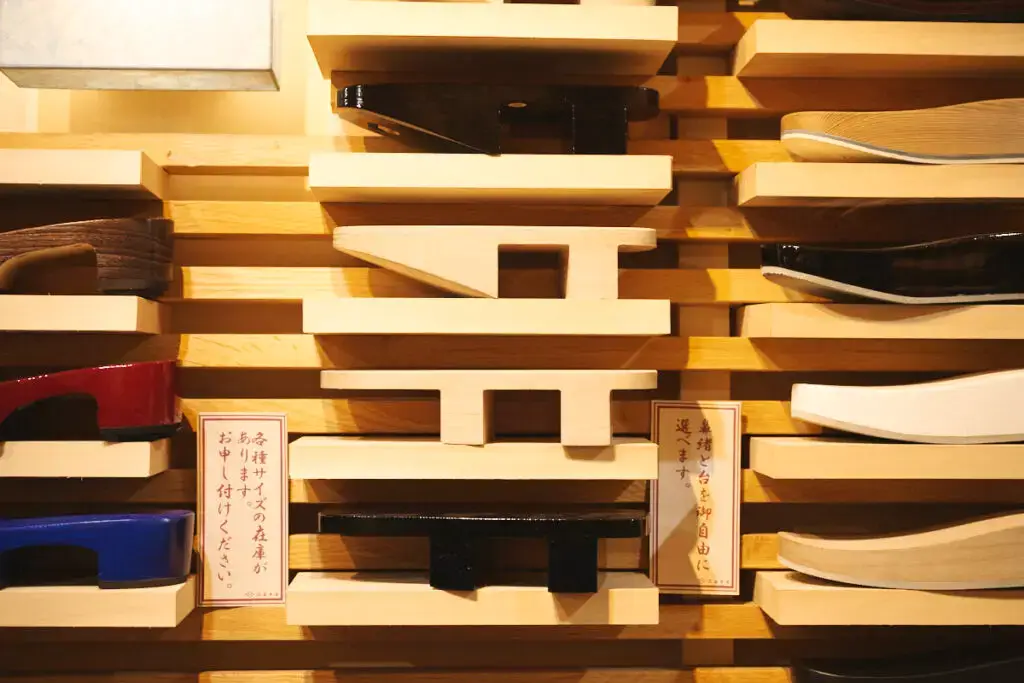
How do sizes run?
Japanese Kimono footwear doesnʼt run in sizes like regular footwear. It runs in 1.5-centimeter increments.
We can easily further adjust the fit to your size by moving the thong. According to the height of the instep, the toe length, and your wearing habits, we can adjust it to your foot for a comfortable fit.

In Japanese Kimono footwear, regardless of whether it is for men or women, the central hole for the thong is the same. There is no fixed left or right side.
The most comfortable size should be 1-2 centimeters smaller than your feet. Your heel should hang out 1-2 centimeters to walk most comfortably.
If your heel is on the wood, it is actually harder to walk.
I have noticed my foreign customers hesitate to have heels hanging out, however, it is definitely more comfortable to walk with heels hanging out.
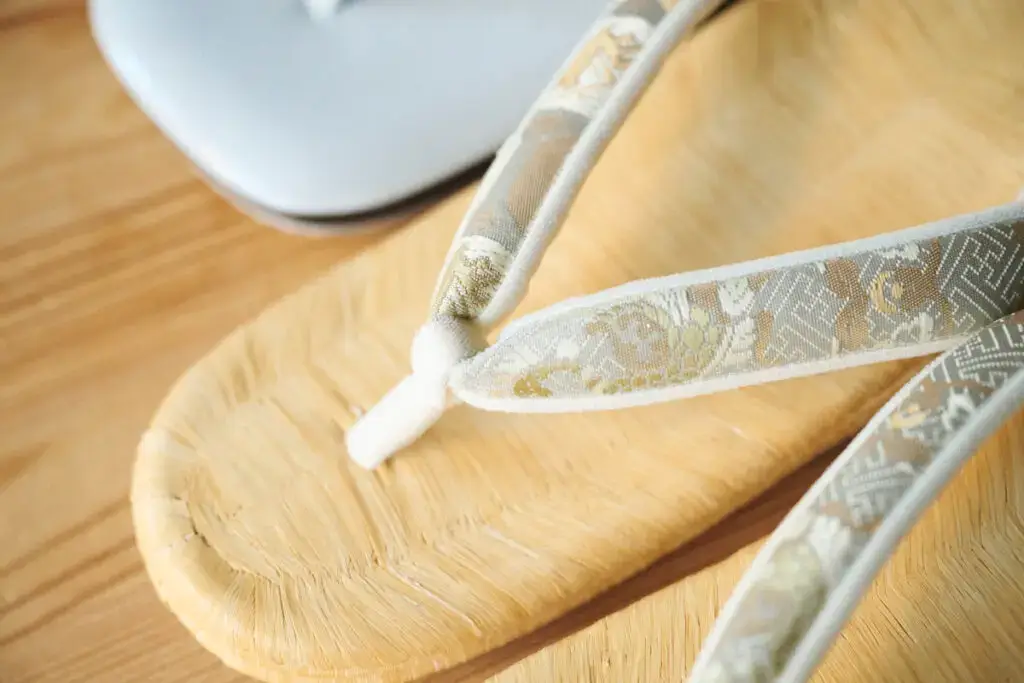
Materials
Japanese Kimono footwear has not changed. Japanese native woods are used to make them.
For example, instead of cutting Paulownia trees, we plant Paulownia trees and grow them to use for footwear. Using Paulownia trees does not destroy the forest.
For bamboo, naturally fallen leaves are used to make Zori sandals. We make sure our material is environmentally friendly.
The most important thing about Japanese Kimono footwear is that we can keep wearing it by repairing it again and again. Itʼs important to understand it is not a disposable item.

How are they enjoyed?
Japanese Kimono footwear is not only for Kimono. More people wear Geta sandals with regular clothes fashionably. Foreign customers enjoy choosing the thong design and wood to make custom Geta sandals.
The great thing about Geta sandals is you can mix and match to make one-of-a-kind Geta sandals. Geta sandals can be a fashionable item in your wardrobe.
We can attach the thong in 10 minutes.
Because you will use your toes more in open spaces compared to regular footwear, the health benefits have been recognized as well.
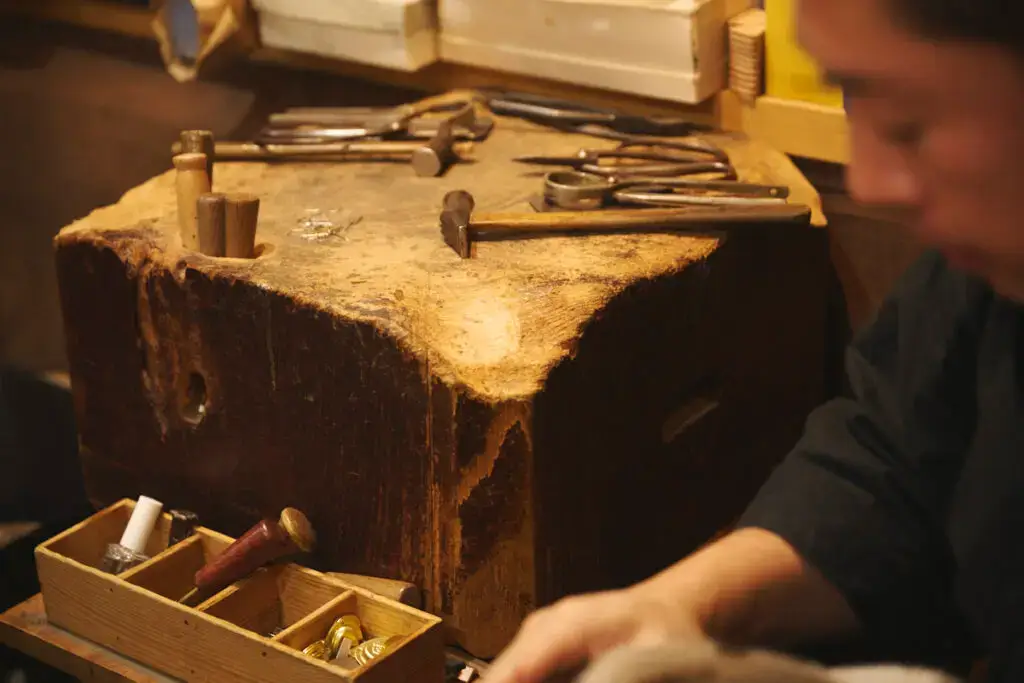
Relationship with Asakusa
There is an old saying: “Kyoto spends extravagantly on clothing. Edo spends extravagantly on footwear.” Since the Edo period, people in Edo have enjoyed fashion through footwear. The footwear industry was developed in Asakusa; people working in the footwear industry, such as craftsmen and workshops, gathered along the Sumida River.
The reason Asakusa became known in the footwear industry is because of the advantage of transporting materials on the
Sumida River. The Paulownia trees from the northern part of Japan, including Fukushima are known to be of higher quality because of the temperature difference between winter and summer.
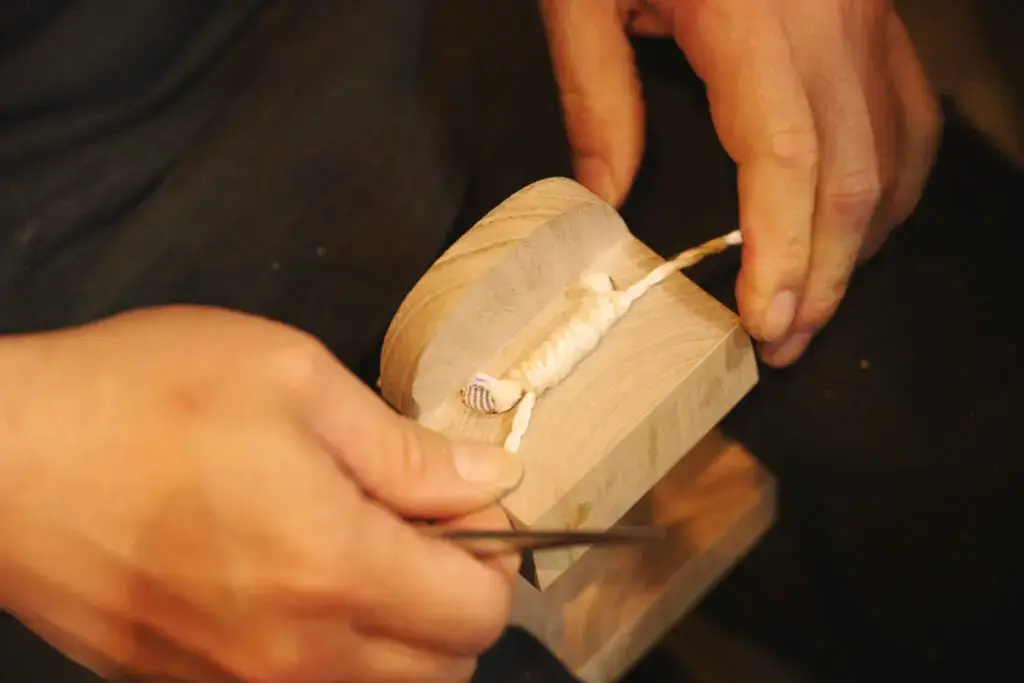
Geta sandals were made from Paulownia trees that were transported on the Sumida River to Asakusa.
Asakusa used to have many Kimono footwear specialty shops like ours. However, people started to wear more modern clothes instead of Kimonos, and the demand for Kimono footwear decreased. Nowadays, craftsmen who specialize in replacing thongs are very rare.

Our values
TOMITA Rie
Nowadays, more people around the world know about Kimono and Kimono culture.
Unfortunately, Kimono footwear is still not well known, not only among foreigners but also among Japanese people.
My mission is to continue to contribute to this Kimono footwear industry by sharing my knowledge about footwear, craftsmen, and techniques with the next generation.
